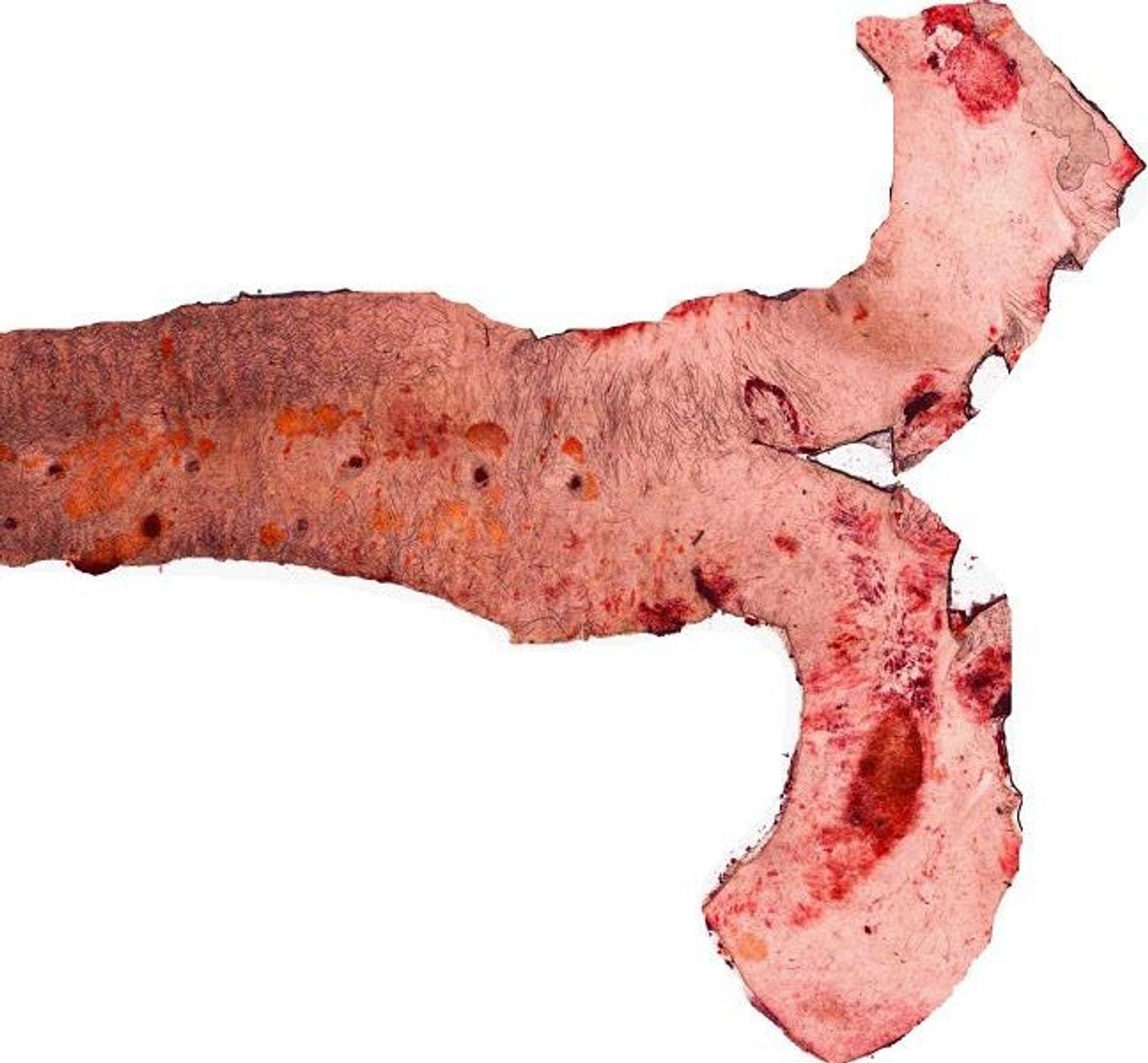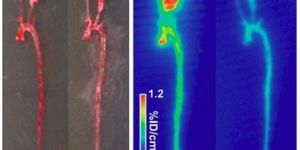Liver Inflammation Promotes Vascular Disease Via Domino Effect
Inflammation in the liver and boosted cholesterol levels in the blood vessels create the perfect storm for vascular disease in people with type 2 diabetes. A new study from the German Research Center for Environmental Health digs into the chain reaction that leads to this phenomenon, starting with the first domino to fall.
People with type 2 diabetes, also called diabetes mellitus or adult-onset diabetes, are prone to vascular disease, particularly peripheral vascular disease in the lower legs. Metabolic abnormalities and hyperglycemia (high blood glucose) characteristic of type 2 diabetes make the disease worse, leading to an increased risk of atherosclerosis that is especially aggressive.
"Even if blood glucose levels are well controlled, some people with diabetes have a higher risk of long-term complications,” said Dr. Mauricio Berriel Diaz. “We wanted to understand the underlying cause for this.”
It all starts with an inflammatory cytokine called tumor necrosis factor α (TNF-a), which produces reactive oxygen species (ROS) in the liver. When there are more ROS - commonly known as oxidants - in the cell than antioxidants, the cell is described to experience “oxidative stress.” This type of cellular duress can lead to various types of molecular damage, ultimately contributing to diseases like atherosclerosis, diabetes, cancer, and neurodegeneration. In the present situation, ROS in the liver suppress activity of a transcription factor complex called GA-binding protein (GAbp).
Without GAbp, the activity of a protein called AMPK is also inhibited; AMPK is described as a “fuel-sensing enzyme present in all mammalian cells.” At the end of this pathway is excess cholesterol production, and the rest (atherosclerosis and vascular disease) is history.
“The new signaling pathway -regardless of how well the blood glucose levels of the patient are controlled - may be a key component in the development of long-term diabetes complications which could be utilized therapeutically,” explained Professor Stephan Herzig, study leader.
"Our data suggest that the liver plays a key role in the development of common diabetic vascular diseases," explained first author Dr. Katharina Niopek. "GAbp appears to be a molecular regulator at the interface between inflammation, cholesterol homeostasis and atherosclerosis.”
The present study is published in the journal Cell Reports.
Sources: Diabetes/Metabolism Research and Reviews, Biochemical Journal, Cell Signal, German Research Center for Environmental Health









